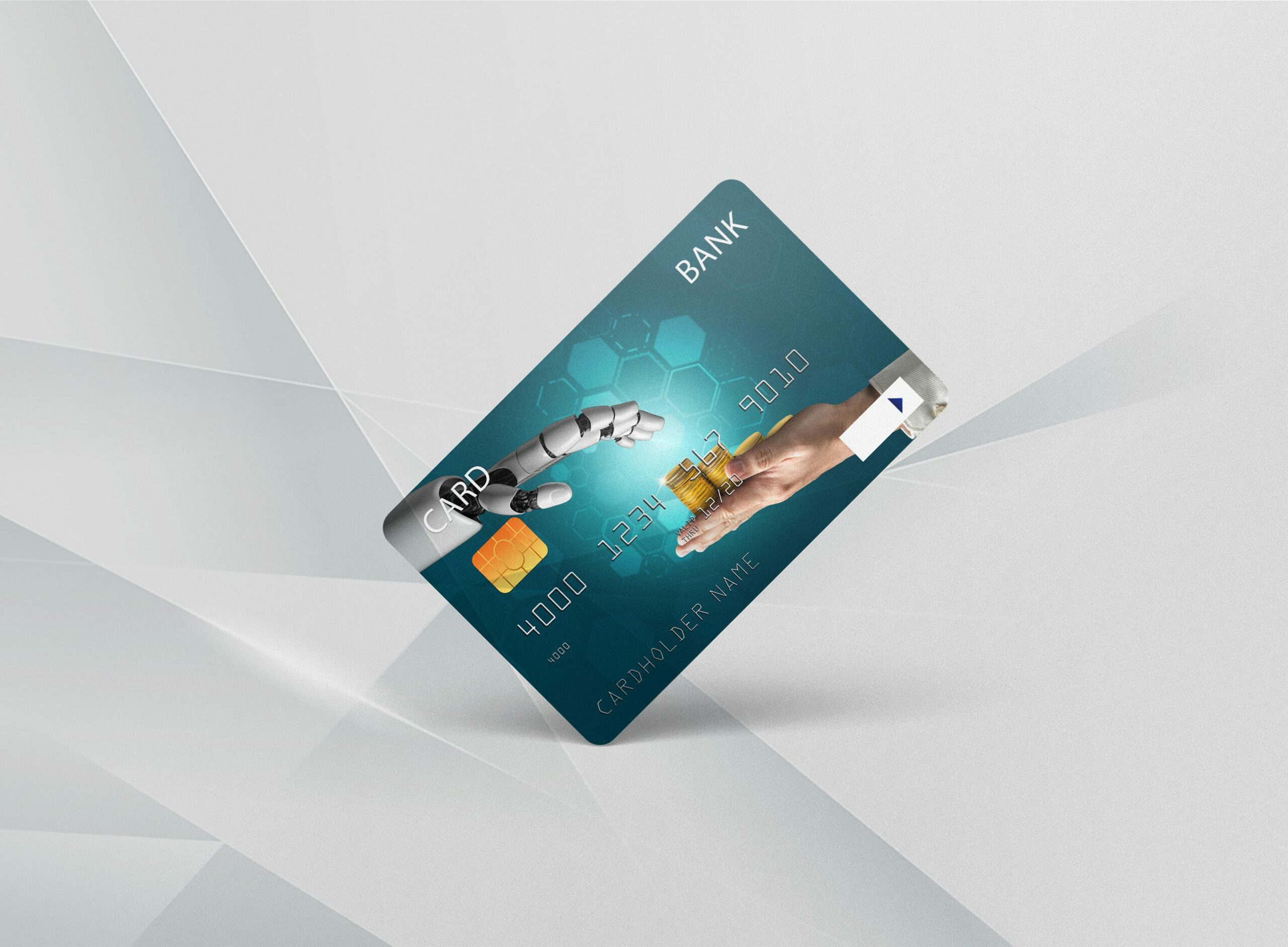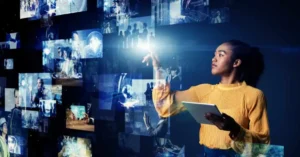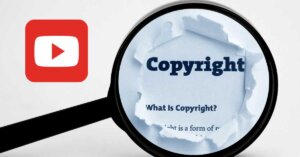Nowadays, content has become a precious asset in the digital era. Governments in various countries, especially in Indonesia, have also issued laws that legalize content to become collateral for bank loans. However, AI can assist content creation in the current development of AI technology, so someone’s efforts only partially carry out the creation. The convenience and practical nature provided by AI to digital content creators to this day still often controversies regarding the regulation of copyright law and the recognition of the moral rights of creation attached to them.
One type of content that can be used as collateral for bank debt is YouTube content, which has economic value and can be monetized.
Not just any content that can be the object of debt guarantees in the bank. The criteria for content that can be used as collateral for debt is content that has economic value (monetizes) and meets the following requirements:
- The work must be registered and registered with the ministry that administers government affairs in the field of law;
- The work has been managed either independently, or its rights have been transferred to another person;
- Fill out the financing proposal;
- Have an engagement related to Intellectual Property Rights;
- Work can be proven through a registration letter and IPR certificate.
AI Generated Content
The copyright controversy regarding AI creation has long been a topic of conversation in technology law. This issue has also been discussed in previous articles, which you can read at the following link .
The principle in copyright law stipulates that a copyrighted work must have originality and personality. It means that only works that are created and realized by the results of human thought and creativity can be protected by copyright, while AI creations will be in the public domain.
AI As A Tool
AI is part of developing technology towards a more sophisticated, automatic and practical process. This allows digital content creators to work on their content more quickly and easily.
If AI is seen as a tool that helps the creator’s ideas become a reality, then it is still possible for the work to be recognized as the work of someone because the work will only materialize with the instructions ordered by that person to AI.
For example, a videographer uses AI technology to balance the composition of his videos to have proportional visuals. In this case, a videographer only partially uses AI to realize his work, but AI is only used as a tool to facilitate the realization of his work.
Vice versa, if AI ultimately makes the work without the person’s instructions, then it is clear that the copyright of the content cannot be recognized as his own, and the content is in the public domain.
AI Creation as a Bank Collateral Loan
Banks generally receive debt guarantees in the form of assets with economic value that can be clearly identified, such as property, vehicles or stocks. These assets can then be used as collateral to ensure borrowers meet their loan repayment obligations. AI creations generally cannot be considered collateralized assets because they do not have a clear economic value or recognized legal status.
However, it is essential to note that developments in law and regulation are ongoing. The possibility of legal changes and wider legal recognition of AI-created entities cannot be excluded in the future. More detailed regulations and guidance will be needed to address the legal aspects relating to AI creations and their potential use as collateral for loans in banks. So while it may not be possible, there may be developments in this regard in the future. From a juridical perspective, AI is not recognized as a legal subject with legal rights like humans.
Am Badar & Am Badar is an intellectual property law firm that will always follow developments in regulations regarding AI, especially those related to aspects of intellectual property. We constantly evaluate and improve our IP services so that the quality meets your needs. If you need quality IP services, contact us via ambadar@ambadar.co.id
References:






